Maintaining our roads
Residents often have questions when roadworks are taking place in their street. If works are taking place nearby, you might need to park in a different place when crews are onsite, and use caution in the few days following the works.
Cairns Regional Council maintains most roads within the local government area, with the exception of highways. To keep our roads in good condition, our teams and contractors work every day in Cairns suburbs and streets to reseal roads, lay asphalt and rehabilitate pavement.
You can find information and answers to frequently asked questions here.
Frequently asked questions about roadworks
Resealing work on residential streets is usually completed within a day. Typically, work crews will only be onsite for a few hours.
You should keep your car parked within your property. Cars should not be parked on the nature strip or street. If you plan to go out during the day, please speak with the onsite traffic controllers or park your car in a nearby street outside of the planned work area.
Your street has probably been spray sealed. This involves spraying the surface with hot bitumen and rolling in loose stones over the top to provide a hard wearing surface. In order to ensure all the bitumen is covered, a little more stone is placed than may actually stick to the surface. The loose stone is only a temporary issue and will diminish gradually over time. Any further stones that have not embedded into the road surface will be swept from the roadway by Council as part of Council's Street Sweeping program. During this time, all road users are encouraged to drive cautiously in these areas so to avoid further stones dislodging from the bitumen.
Streets that have been spray sealed before will normally be resurfaced with another spray seal. The original seal may have become worn and the stone may have become polished by traffic, giving the appearance of a smoother road. Resealing renews the texture in the road that would have been there originally. The new seal will also get smoother over time.
When the surface of a road ages the bitumen becomes brittle and cracks. Cracks allow water to get in under the road and undermine the surface, leading to potholes and damaging the expensive pavement below the surface. Most resurfacing is preventative to stop water damage before it occurs and avoid the cost of extensive repairs to the pavement.
The cost of maintenance works such as these are based on time to complete the works. Allowing our contractors full and unhindered access to your street will ensure their time is used efficiently and that cost and inconvenience are minimised. This type of work is necessary to maintain the local road network for the benefit of all residents and road users.
Council has an annual program of road surfacing to preserve the pavement in the most effective manner across the city within budget constraints. Treatments are selected depending on the condition of the existing pavement, the road function and the traffic volumes.
Spray seals are used on low volume streets over existing surfaces to extend their life. Where there is the presence of heavy vehicles or areas of high stress on the road pavement, such as at intersections/roundabouts, asphalt may be used as the resurfacing treatment. Asphalt treatments are expensive and only used where spray seal treatment may not be suitable. The most effective resurfacing treatment has been selected for your street.
If rain is forecast, Council will not resurface your street on the advertised day as the new surface must be placed on a dry surface. You will receive new advice on the rescheduled date.
Main types of roadworks
Roadworks on local streets fall into five main categories: reseal, asphalt overlay, surface rejuvenation, pavement rehabilitation and crack sealing.
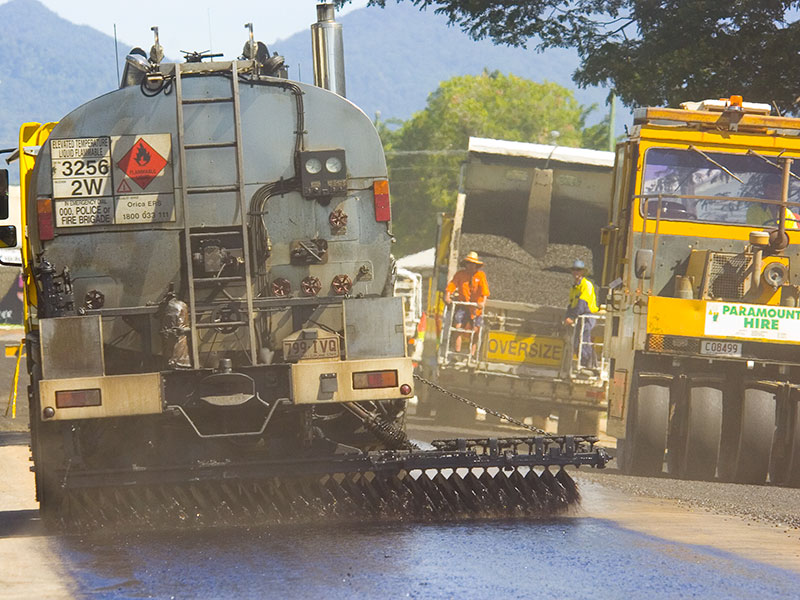
Reseal
Why is a road resealed?
- Renews a road's waterproof surface
- Restores the road pavement's asset life
- Renews skid resistance, enhancing safety
- Most cost-effective method used on the majority of our roads (residential streets)
Resealing normally involves spraying bitumen on the old surface, spreading on coated stones and rolling them in. This is also called spray sealing. Loose stones and soft bitumen can be an annoyance after sealing but this settles gradually over time as the bitumen hardens.
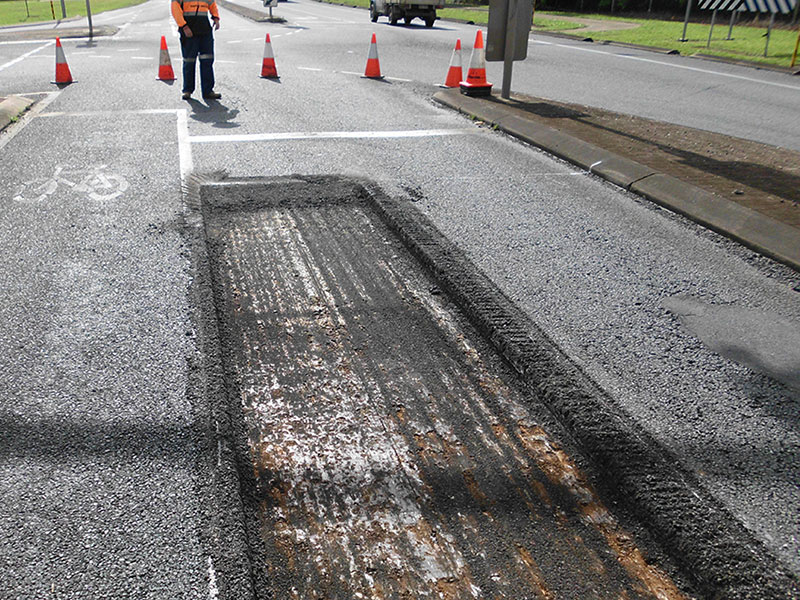
Asphalt overlay
When is asphalt overlay used?
- Asphalt overlays are only used on very busy roads like roundabouts and intersections.
- This process is used when the road structure is in a reasonable condition but the surface is very uneven or has been damaged and deformed.
The asphalt overlay process involves laying a hot mix of bitumen aggregate and sand, spreading it then rolling it across the road surface.
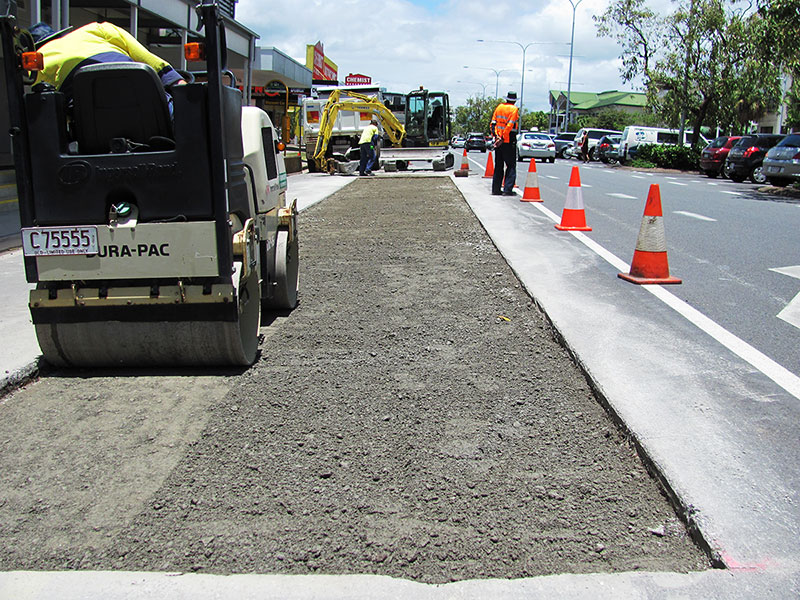
Pavement rehabilitation
When is pavement rehabilitation used?
- Used to treat pavement failure when no other repair methods are suitable.
- Only carried out after extensive testing as it is the costliest type of road maintenance.
Pavement rehabilitation is an involved process where large machinery digs out the road to the required depth, and the space is filled with gravel and rolled. A bituminous layer is then added to create a new road surface.
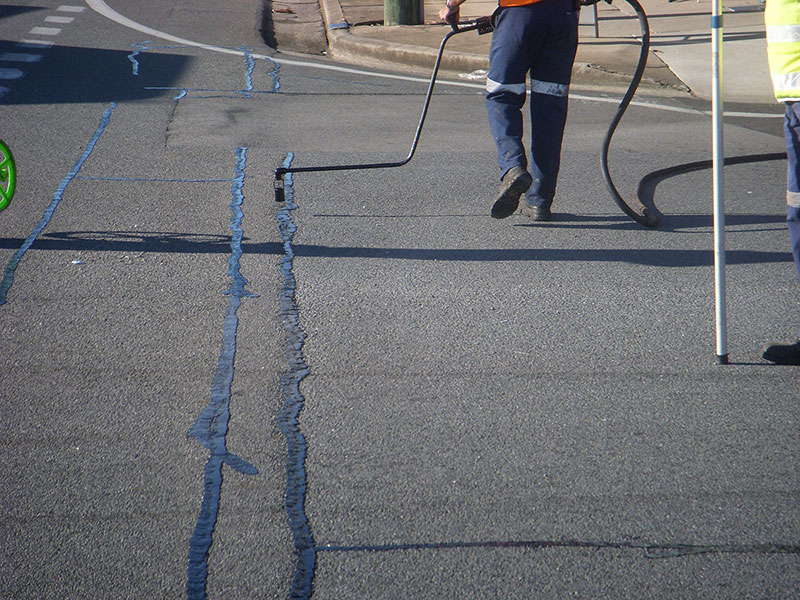
Crack sealing
When is crack sealing used?
- To seal cracks that would otherwise shorten the life of the road or promote potholes.
- To stop water entering the pavement.
Crack sealing can considerably extend the life of a road, and involves pumping hot, compressed air into the road cracks to dry and clean the crevice, which is then filled with a line of rubberised bitumen. This dries in minutes and can be driven over almost immediately.
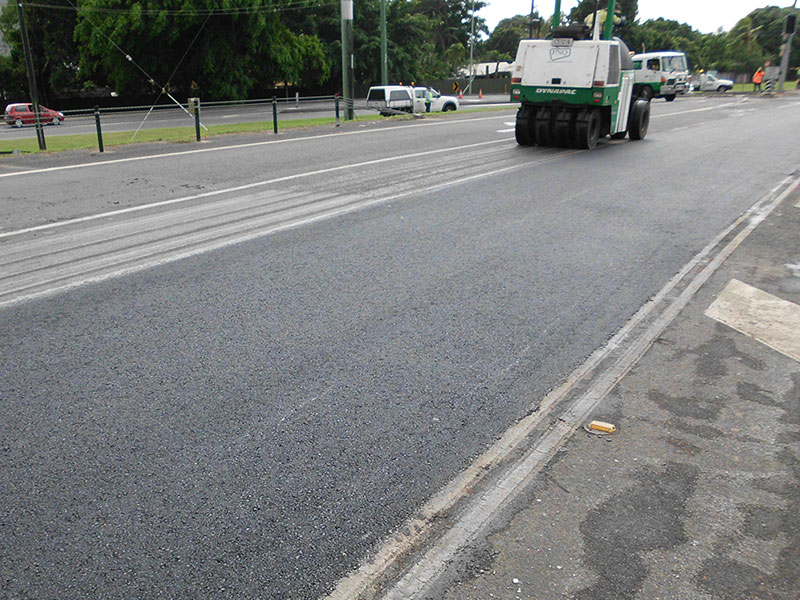
Surface rejuvenation
When is surface rejuvenation used?
- Used when old asphalt surfaces need minimal attention
- Can significantly extend the life of the original road
- Parking bays, cul-de-sacs and local residential streets that already have an asphalt surface are ideal for this treatment.
Surface rejuvenation is a relatively new process that involves spraying a reinforced liquid product on the entire road surface without the use of heating. It is cost effective – approximately a third of the cost of asphalt overlay - and environmentally friendly.
Last Updated: 10 February 2023
Latest News > All News
CEO finishes at Cairns Regional Council
Chief Executive Officer Mica Martin has resigned from her role at Cairns Regional Council....
Australia’s best loved scientist coming to Ecofiesta
The country’s best known and most charismatic scientist is coming to town as a special guest of Cairns Ecofiesta 2024....
Council services and road closures for Anzac Day
Cairns Regional Council advises there will be changes to services and road closures on Thursday associated with Anzac Day....


